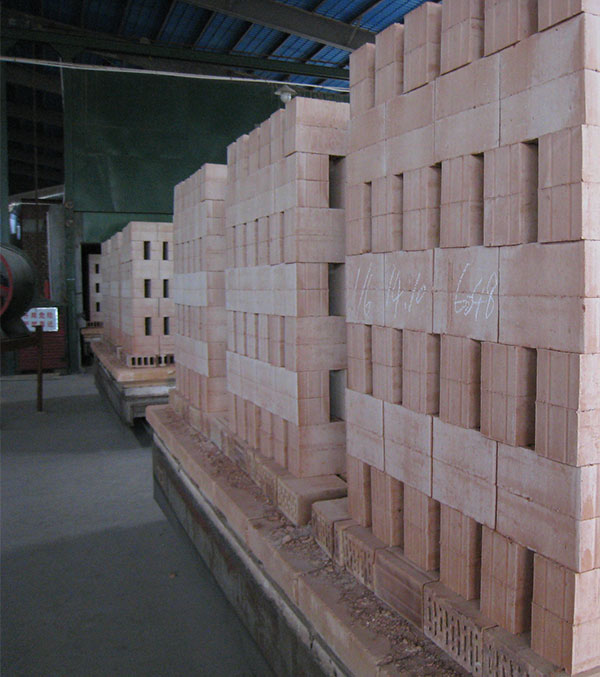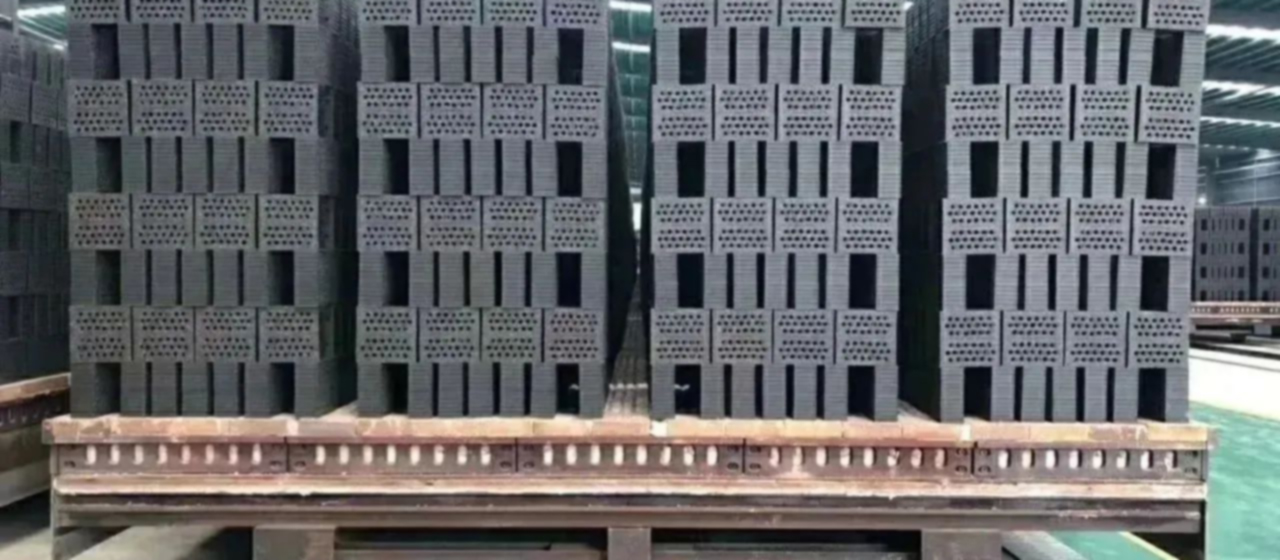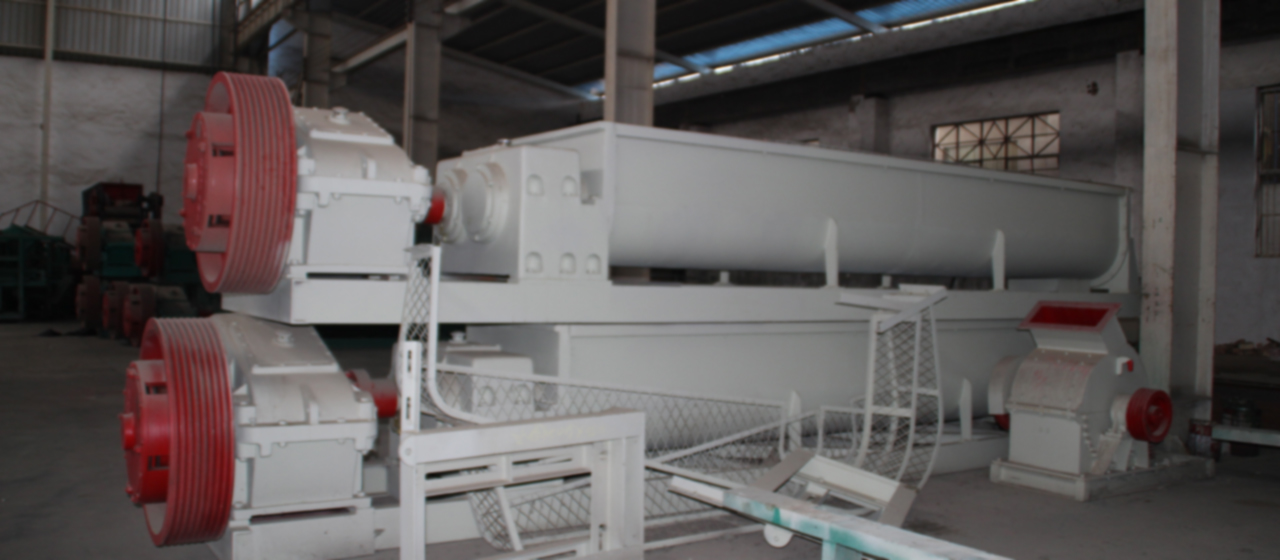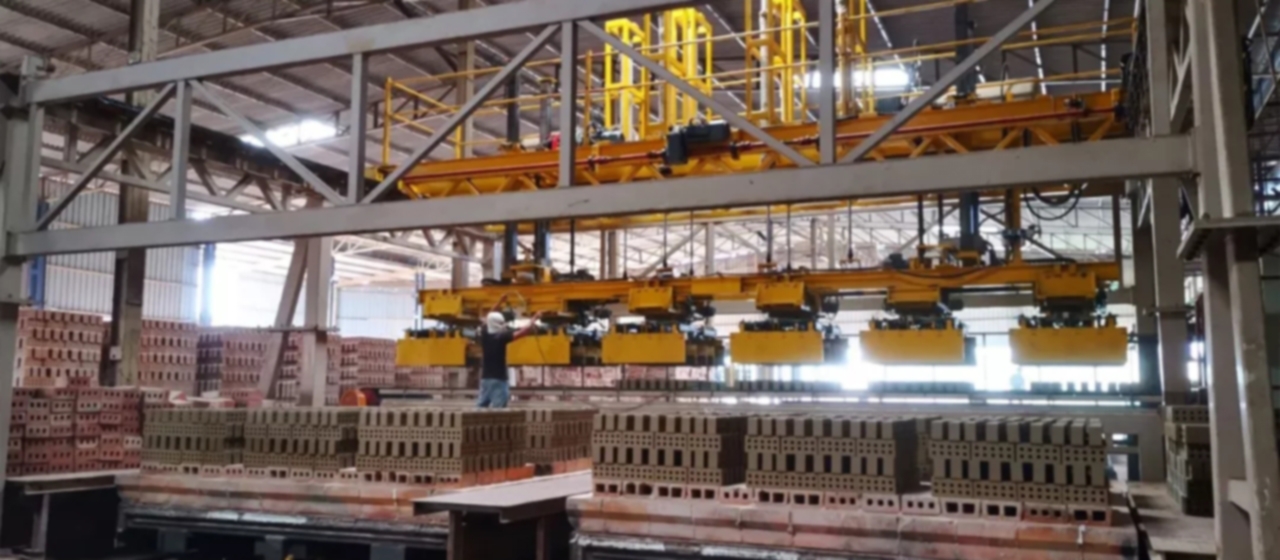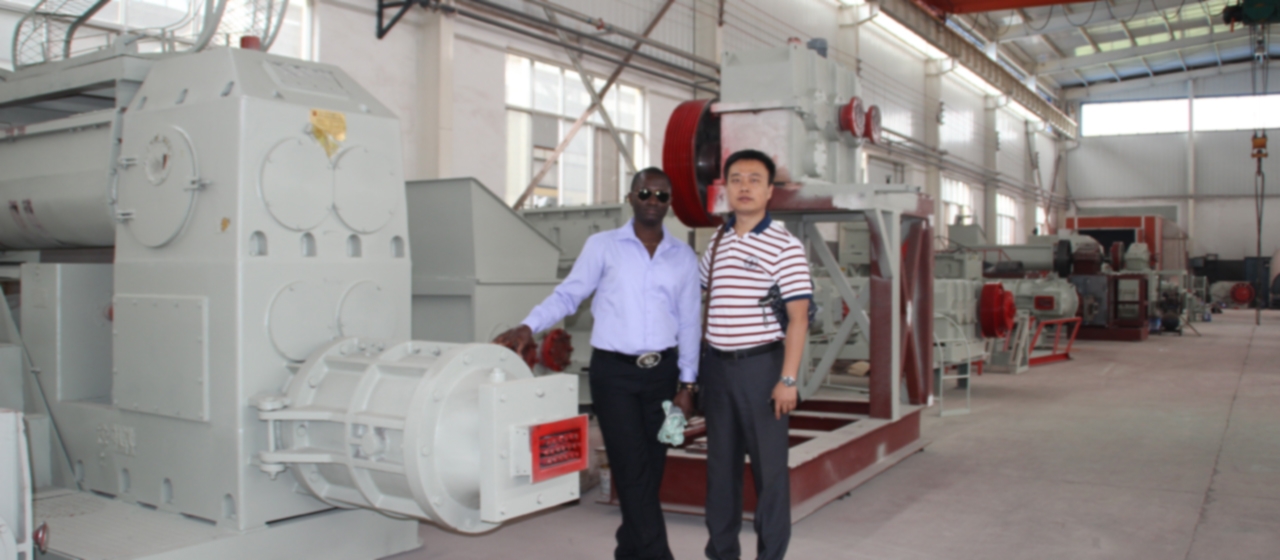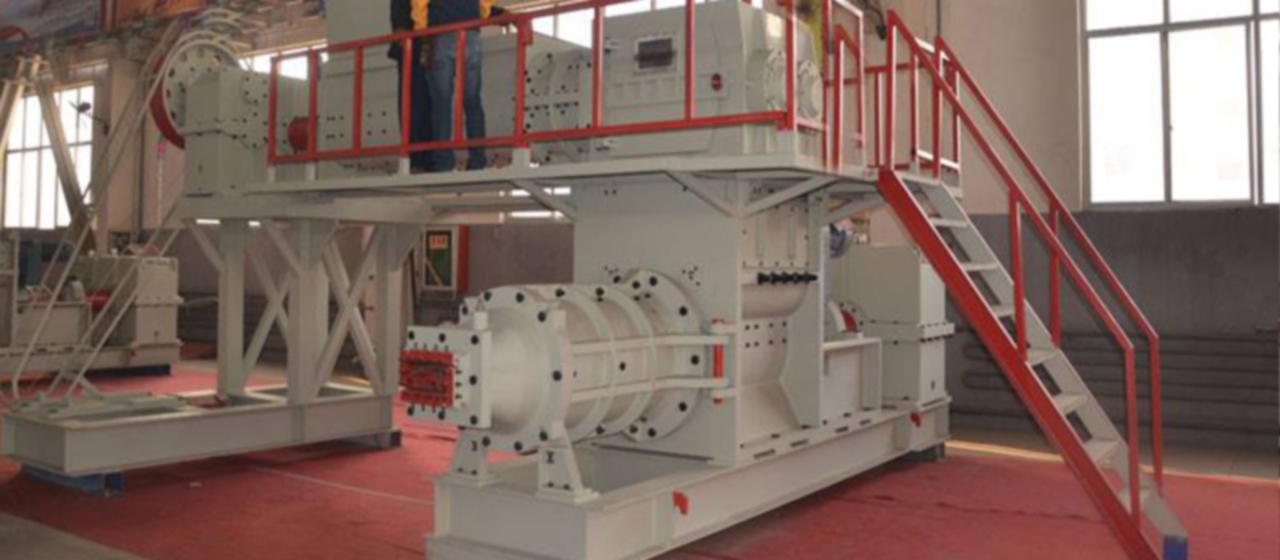Chinese brick making machines and tile machines Development journey
Brick and tile is a natural product of the integration of soil, water, air and fire. It originates from nature, sublimates in the fire, grows in the cultural collision, is brilliant in architecture, preaches in the Millennium experience, accumulates the culture of human historical development, and is the carrier of cultural vitality. Chinese bricks and tiles were born 5000 years ago, which witnessed the production and life, social changes and the rise and fall of artistic ideas in China, formed China’s inherent “brick and tile culture” characteristics, created many great wonders of human architectural civilization, and left brilliant excellent historical and cultural footprints.

The great wall of China in ancient times has a history of more than 2000 years. It still stands on the land of China through wind and rain. It has become an immortal historical monument of the Chinese nation and the pride of human civilization. It is like an encyclopedia containing the history and civilization of the Chinese nation for more than 2000 years, carrying the important task of inheriting history and culture. Many years later, the Great Wall still stands proudly. Years give it implicit beauty. Through the Great Wall, we can explore the hidden cultural connotation of politics, economy, military, literature, aesthetics, folk customs, architecture and other aspects.
We are shocked by the magnificent momentum of the Great Wall, but often ignore the important carrier of the beautiful landscape of the Great Wall – Qin brick. It is the quality of Qin brick that makes the beauty of the great wall and the beauty of Chinese architecture. In ancient China, the production of bricks and tiles experienced a series of changes. During the Xia, Shang and Zhou dynasties, the second technological revolution of bricks was completed under the auspices of the “hundred workers” and the production of big artisans. After the Qin and Han Dynasties, the centralized “Sikong” organization was in charge of it, and the production of bricks and tiles was gradually standardized by the special official kiln workshops. The legal restriction of “Wu Le Gong Ming” has achieved the quality of bricks and tiles, created a miracle of Chinese architecture, and continued the inheritance of Chinese traditional culture. Today, whenever we go to Xi’an and Nanjing, looking at the ancient bricks and tiles with weathered traces but more historical marks, “memory”, “homesickness” and other words arise spontaneously. I really feel history, culture and life. From ancient times to the present, from south to north, Chinese bricks and tiles have gone through the civilized journey of China and become an important part of the splendid culture of ancient China. Without “Qin bricks and Han tiles”, there would be no great wall. Of course, if we look at the world without bricks and tiles, there will be no ancient Roman capital and brick city in London. We will not have the opportunity to appreciate the classic “0 ° longitude” of the Greenwich Observatory, and we will not have the opportunity to listen to Mo Yan and Tu youyou’s acceptance speeches in the temple of Stockholm hall. We yearn for the Colosseum in ancient Rome, but we don’t know that the cultural heritage of this ancient building is highlighted from bricks and tiles. Bricks and tiles record the lives of ancient Roman nobles and civilians, their activities, their laws, and restore the glory of ancient Rome for us. Perhaps there are some differences in the forms of expression of bricks and tiles due to different nationalities and regions, but it is precisely because of this difference that distinctive national and local colors are formed. Therefore, bricks and tiles are the intuitive inheritance carrier and form of expression of traditional culture and national characteristics, and have infinite cultural vitality.

